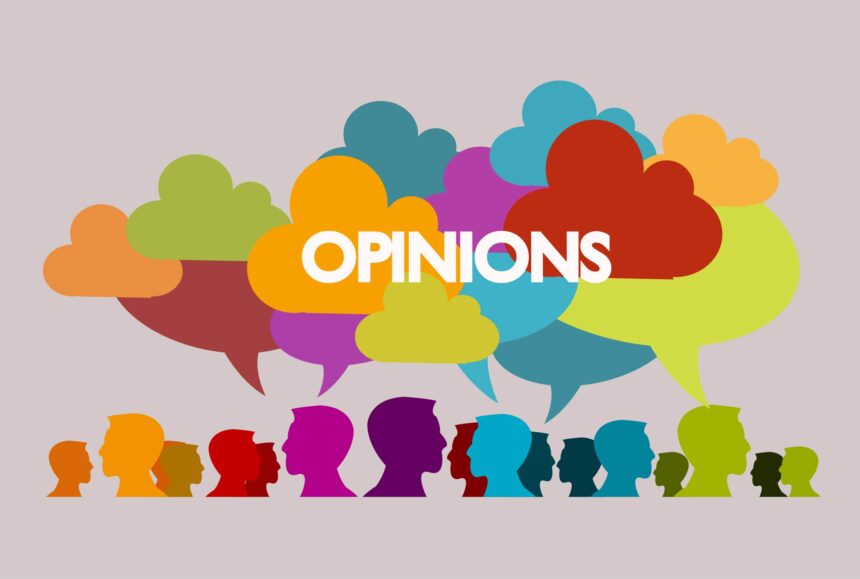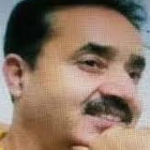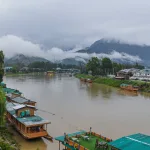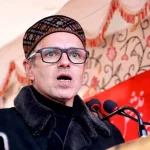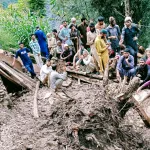The white coat, once a symbol of healing and hope, has become a target in Jammu & Kashmir. In the span of two weeks, our healthcare system witnessed unprecedented violence—junior doctors physically assaulted at GMC Jammu and SMHS Srinagar by grieving families who had lost patients. The disturbing footage, now viral across social media platforms, has sparked strikes, suspended services, and exposed a dangerous erosion of trust between those who heal and those who seek healing.
This is not merely about isolated incidents of violence. What we are witnessing is a systematic breakdown of the social contract that binds our healthcare system together—a crisis that, if left unaddressed, threatens to hollow out the very foundation of public health in our region.
The Misinformation Epidemic
Perhaps most troubling is the toxic narrative that has taken root in public discourse. In hospital corridors and social media comment sections, terms like “Bangladeshi doctors” and “category doctors” are weaponized to undermine the credibility of our healthcare workforce. These labels reveal a profound misunderstanding of medical qualifications and, worse, betray dangerous prejudices.
The so-called “Bangladeshi doctors”—Indian nationals who earned their MBBS degrees from foreign institutions—must pass the rigorous Foreign Medical Graduate Examination (FMGE) to practice in India. With a pass rate of merely 23% in 2024, this examination stands among the most challenging in the country. These physicians are not second-class practitioners; they are legally qualified, nationally licensed professionals who often serve in the most under-resourced areas of our state.
Similarly, the derogatory term “category doctor” targets physicians who entered medical college through constitutional reservations. These individuals often overcome extraordinary challenges—poverty, inadequate schooling, social discrimination—to reach medical college. Once there, they complete the same curriculum, pass identical examinations, and work the same exhausting hours as their peers. To judge them by their entry route rather than their competence is to undermine both merit and the principles of equity our Constitution enshrines.
When Social Media Becomes Judge and Jury
The digital age has transformed how medical incidents unfold in public consciousness. Social media platforms have become kangaroo courts where complex medical cases are reduced to viral videos with inflammatory captions. “Doctor refused treatment” or “Negligence led to death” become battle cries, often stripped of crucial context about disease progression, resource constraints, or clinical complexity.
The comment sections beneath these videos reveal a disturbing pattern: personal anecdotes, often unverifiable and unrelated to the case at hand, are marshaled as evidence of systemic failure. “I had to take my patient to a private hospital,” writes one user. “Government hospitals are useless,” declares another. These fragments of individual experience, amplified by the echo chamber of social media, coalesce into a collective narrative that paints all public healthcare institutions with the same brush of incompetence.
Influencers and content creators, motivated more by engagement metrics than journalistic responsibility, amplify these narratives without verification. In this environment, outrage generates more clicks than nuance, and doctors become convenient villains in a story that demands simple explanations for complex tragedies.
The Reality of Modern Healthcare
Critics often complain that hospitals are “run by students,” betraying a fundamental misunderstanding of medical education and practice. Junior residents are not students—they are MBBS-qualified physicians pursuing specialization, forming the backbone of emergency and inpatient care across the world.
This hierarchical structure mirrors healthcare systems globally, from Britain’s NHS to hospitals in the United States and Australia. Junior residents manage frontline patient care, senior residents provide supervision and advanced interventions, while consultants oversee strategy and handle complex procedures. Far from being a weakness, this tried approach ensures comprehensive care while training the next generation of specialists.
Yet when infrastructure fails or outcomes disappoint, it is often these young doctors—the most visible faces in hospital wards—who bear the brunt of public anger. Working 36-48 hour shifts in under-resourced facilities, they have become scapegoats for systemic failures beyond their control.
The Exodus of Excellence
The consequences of this toxic environment extend far beyond individual incidents of violence. Across the country, and particularly in conflict-sensitive regions like Kashmir, medical professionals are questioning whether their sacrifices are worthwhile. Many are actively preparing to leave for countries where doctors enjoy respect, protection, and better compensation.
This brain drain threatens to devastate our healthcare system. If our brightest medical minds flee to safer shores, we risk being left with a hollowed-out public health infrastructure, unable to serve our own people when they need it most.
The irony is particularly acute in Kashmir, where the memory of Dr. Ali Mohammad Jan—a physician revered for his medical brilliance, humility, and service to the poor—still inspires. Streets and hospitals bear his name, yet we struggle to produce successors to his legacy. The reason is not a lack of talent but the hostile environment we have created for those who choose to heal.
A Path to Healing
Addressing this crisis requires action across multiple fronts. The government must enact robust protection laws making assault on healthcare professionals a non-bailable offense. Hospitals need enhanced security measures, better communication protocols, and transparent grievance mechanisms that offer alternatives to viral outrage.
Healthcare professionals must invest in communication skills, particularly for junior doctors who often deliver devastating news without adequate training. The public, meanwhile, must understand the realities of modern medicine—that hospitals function as teams, that not every death represents negligence, and that sharing unverified content carries moral responsibility.
Most importantly, we must recognize that doctors are human beings working under extraordinary pressure, not infallible demigods immune to the constraints of limited resources and the uncertainties of medical science.
The Choice before Us
We stand at a crossroads. We can continue down the path of suspicion, violence, and misinformation, watching our healthcare system crumble as talented professionals flee. Or we can choose to rebuild the trust that makes healing possible.
The white coat has long symbolized a sacred covenant between healer and patient. Today, that covenant lies in tatters, but it can be mended. We must protect our healers if we expect them to protect us. We must respect their dedication if we want them to remain dedicated to our welfare.
The next Dr. Ali Jan may already be walking the corridors of GMC Jammu or SMHS Srinagar. Whether they choose to stay and serve, or pack their bags for distant shores, depends on the environment we create today. The choice, quite literally, is a matter of life and death—not just for our doctors, but for the communities they serve.
(The Author is Senior Consultant with the Ministry of Health and Family Welfare, Government of India. Feedback: @ [email protected])


